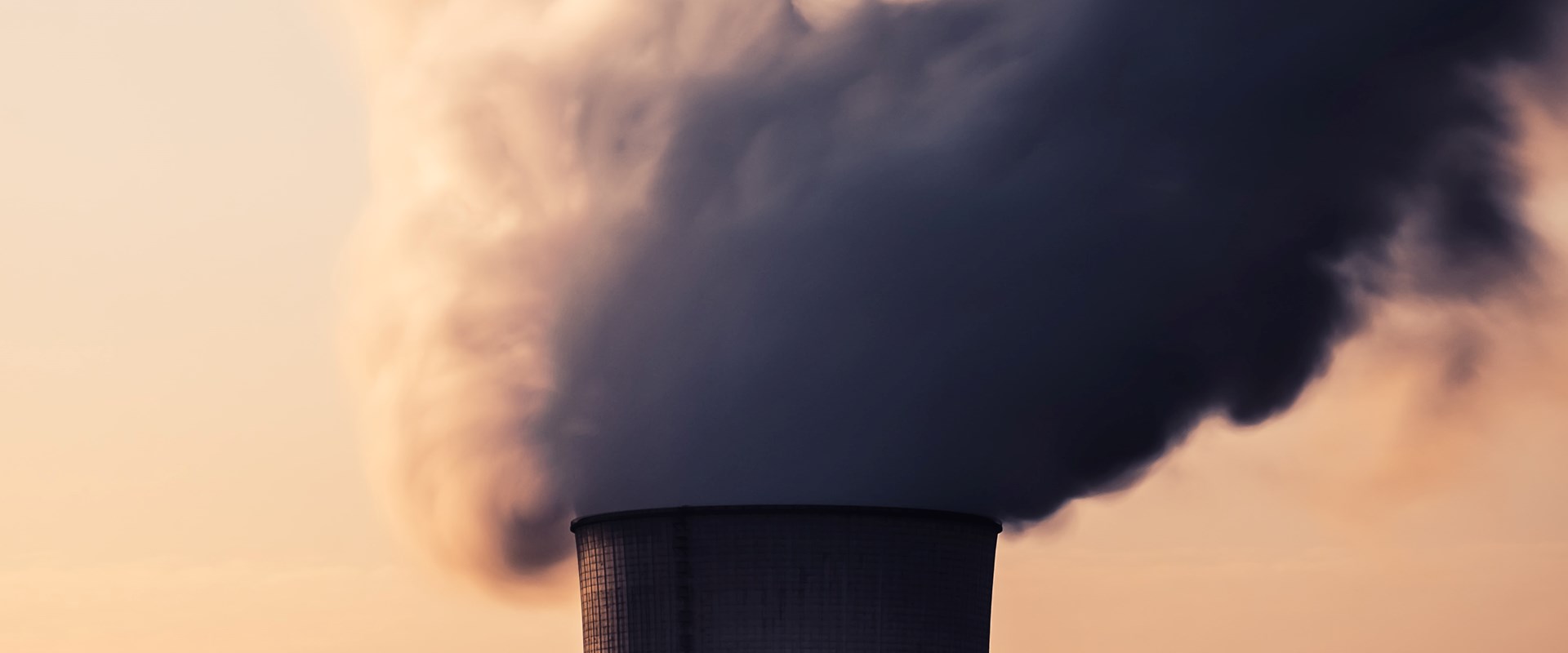Last week the UK government announced its plans to develop two multibillion-pound carbon capture projects at sites in the north of England. The works will be completed by the end of 2025 as part of the government’s plan to cut heavy industry’s CO2 emissions by 20-30m tonnes by 2030.
These two sites were chosen ahead of three competitors. They will be the first to move ahead with government support after a similar £1bn project was shelved six years ago. If the projects are successful, they have been promised additional support will be forthcoming from the UK’s new £1bn carbon capture fund.
Speaking to parliament on the 19th of October, Energy Minister Greg Hands said carbon capture is “essential to meeting our net zero ambitions” and the aim is to create “an exciting new industry to capture the carbon we continue to emit and revitalise the birthplaces of the first Industrial Revolution”.
WHERE ARE THE TWO NEW CARBON CAPTURE AND HYDROGEN PRODUCTION PROJECTS?
The first of the sites will be the East Coast Cluster which will capture and store up to 27m tonnes of CO2 produced in Humber and Teesside every year. It comes with heavy weight backing from oil companies BP and Equinor and energy companies Drax and SSE.
The second site will be the HyNet North West project in Liverpool Bay. This is backed by Italian oil company Eni and Progressive Energy and the plan is not only to reduce CO2 emissions by 10m tonnes a year by the end of the decade but also produce low carbon hydrogen.
These could well be followed by a “reserve” carbon capture cluster on the east coast of Scotland north of Aberdeen and then by two more industrial carbon capture clusters by the mid-2020s and four more by 2030.
WHAT ROLE WILL HYDROGEN TECHNOLOGY PLAY?
As carbon capture is scaled up, it is expected it will begin to play a leading role in producing ‘clean-burning’ hydrogen from fossil gas.
Hydrogen can be produced from a diverse range of sources. Fossil fuels like natural gas and coal can be converted to produce so-called blue hydrogen. However, while the resultant hydrogen can be used by both heavy industry and homes without producing any emissions, the hydrogen production process will release carbon emissions unless they are captured and stored at source.
This is where combined hydrogen and carbon capture projects like the HyNet North West project in Liverpool Bay are set to play a crucial role.
If hydrogen can be extracted near to the major points of use - for example close to heavy industrial sites and power stations - and the resultant carbon emissions can be captured and stored there and then, it will make it easier to produce an emission-free energy source capable of providing the same power as a similar volume of fossil fuel.
It is hoped by many that hydrogen produced from renewable sources (“green hydrogen”), for example by water electrolysis using renewable electricity, will eventually replace blue hydrogen production. However, with the UK Government’s commitment to reach Net Zero by 2050, it is likely that blue hydrogen will be part of the energy mix needed to meet these ambitious targets.
As carbon capture and hydrogen production technology continues to advance, it is vital the innovators involved protect and commercialise their ideas in the best possible way. If you are involved in the development and delivery of any carbon capture or hydrogen projects, please contact the patent attorneys and IP solicitors in our specialist energy and cleantech team.







